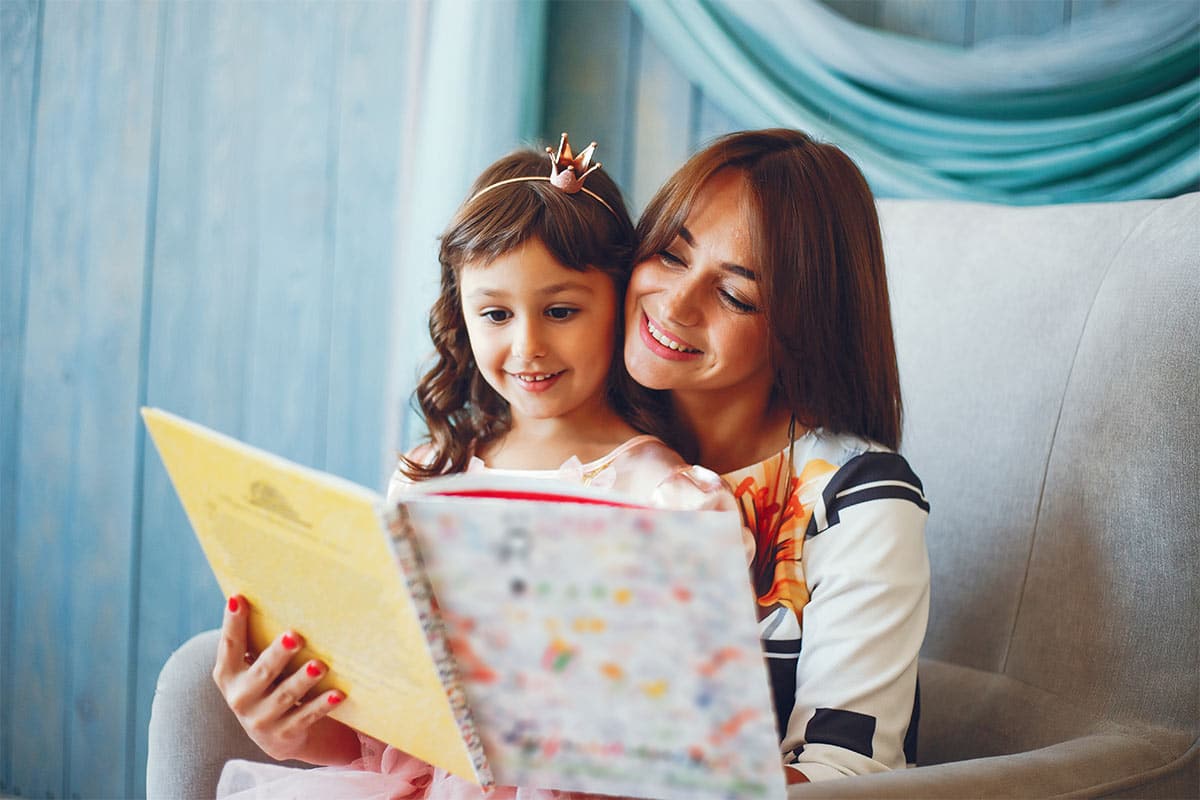Discover the Life and Art of Frida Kahlo: A Journey into Mexican Culture
Frida Kahlo is one of the most iconic Mexican artists in history. Known for her vibrant and emotional paintings, Kahlo’s life story is just as captivating as her art. Born in Coyoacán, Mexico, on July 6, 1907, Frida faced many challenges but became a symbol of resilience and creativity. Today, her work offers a window into the rich cultural and political history of Mexico, making her a perfect example for children to explore the deeper aspects of Spanish-speaking cultures.
Frida’s Early Life: Overcoming Challenges
Frida was the third of four daughters and spent her childhood in the blue house in Coyoacán, which later became the Frida Kahlo Museum. At the age of five, Frida contracted polio, a serious illness that left her bedridden for months. Despite the severity of the illness, Frida’s strength and determination helped her recover. Encouraged by her father, who was a creative German photographer, she practiced soccer and boxing, and the two of them bonded over their love of art and photography.
Her father taught her how to use his camera, and Frida was soon surrounded by a blend of Mexican culture, art, and creativity. These early influences would shape her work for the rest of her life.
The Road to Art: From Dreams to Paintings
Although Frida initially dreamed of becoming a doctor, her path took a dramatic turn at the age of 18, when she was involved in a serious bus accident that left her with multiple broken bones. While recovering from her injuries, Frida began to express her pain through painting. She turned to her father’s painting materials and started creating works that reflected her personal struggles and emotions.
Frida’s paintings were deeply personal. She painted portraits of her family and self-portraits (often referred to as “selfies” before selfies were cool). Her artwork was filled with symbolic references to things that were important to her, including her Mexican roots, her identity, and her pain.
Frida and the Mexican Revolution
Frida lived during a time of great change in Mexico. She was greatly influenced by the Mexican Revolution and the country’s fight for social justice and political change. The new government, after the revolution, hired famous artists to paint murals in public buildings, telling the story of Mexico’s rich history and culture. Frida’s husband, Diego Rivera, was one of these artists.
Frida and Diego fell in love and married, but their relationship was as complex as her paintings. The couple traveled to the United States, where Diego worked on large murals, and Frida continued to paint and exhibit her work. By 1939, Frida’s art began to gain international recognition, and she was invited to exhibit in museums around the world. Despite this recognition, Frida’s health was fragile, and she passed away in Coyoacán, the place she called home.
The Colors and Symbols of Frida Kahlo’s Art
Frida’s paintings are known for their vivid colors, bold brushstrokes, and symbolism. She used traditional Mexican colors and figures to express her identity and the beauty she saw in her culture. Frida’s art was sometimes classified as surrealist, but she always said she didn’t paint dreams — she painted her reality. Through her work, she expressed not just physical pain but also the emotions, struggles, and joys of being a woman in a changing world.
Her paintings are filled with Mexican cultural symbols like exotic plants, animals, and traditional Mexican dresses. This vibrant connection to Mexican culture makes her an ideal figure for children to learn about the country’s traditions, struggles, and beauty.
How Kids Can Learn From Frida Kahlo’s Art
At LAE Kids, we believe in making learning about Spanish-speaking cultures fun and accessible for children. Through Frida’s story, kids can:
- Learn Spanish words and phrases related to art, colors, and culture through interactive activities.
- Explore Mexican traditions and symbols as they connect with Frida’s art and life.
- Express their own emotions and stories through creative projects, just as Frida did.
- Develop a love for art and culture by creating their own paintings inspired by Frida’s bold use of color and symbolism.
Conclusion: Frida Kahlo’s Influence on Kids and Their Learning Journey
Frida Kahlo’s work is not just for adults or art enthusiasts; it is a rich resource for children to engage with the Hispanic culture while also learning about art, history, and personal resilience. By studying Frida’s life and paintings, kids can gain a deeper understanding of Mexico’s rich cultural heritage, all while learning Spanish in a fun and engaging way.
At LAE Kids, we encourage children to use their creativity to express themselves and explore the world around them, just as Frida did. By learning about Frida’s legacy, kids can develop a passion for language, culture, and self-expression, setting them on a path of lifelong learning. Want to know more about our Spanish Immersion Courses in Madrid, Spain? Or perhaps you’d like online Spanish classes for your children? Contact us for more information on our Spanish Courses!
Interested in hearing more about significant historical figures? Take a look at The story of Christopher Columbus for kids.



